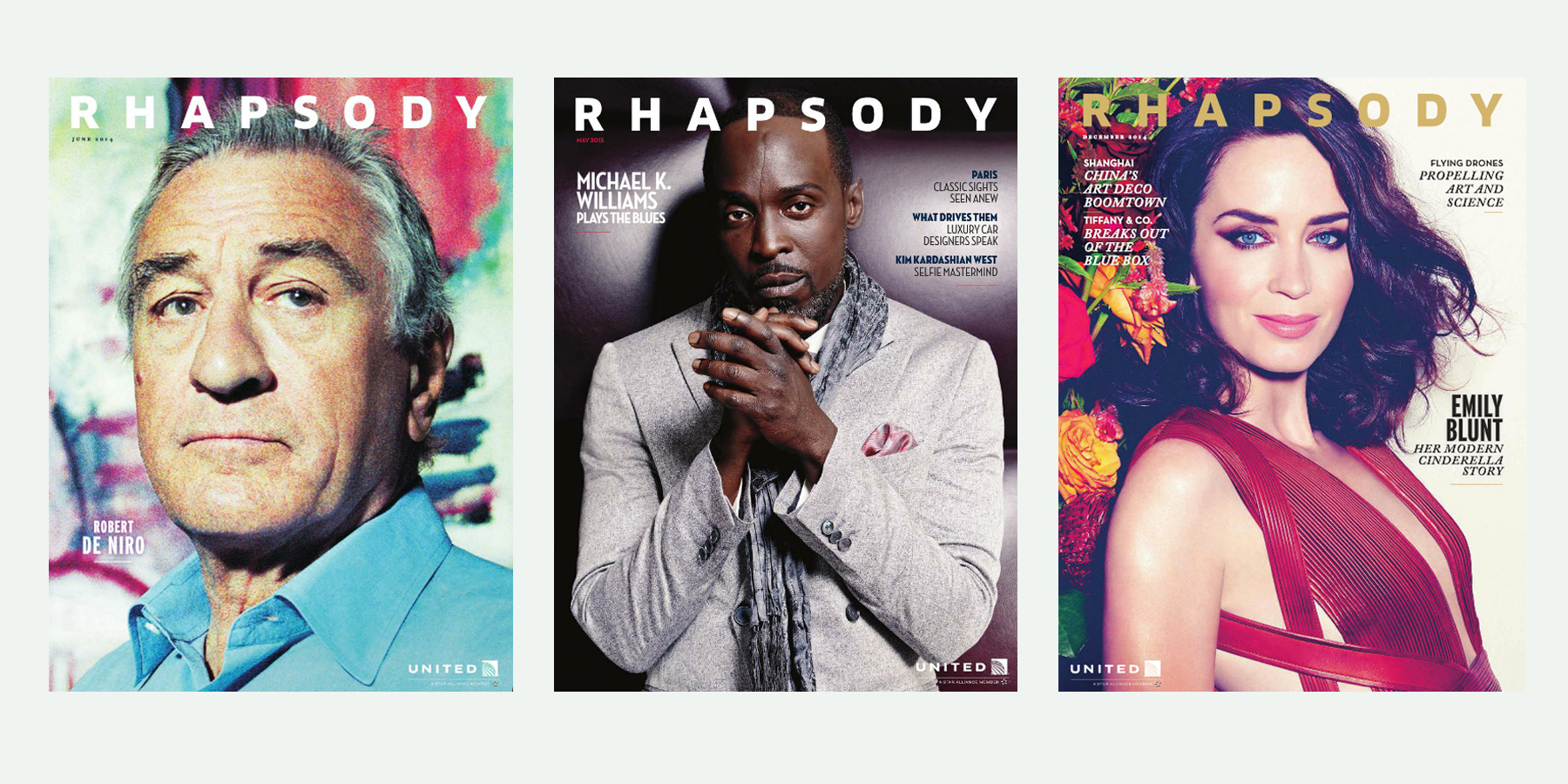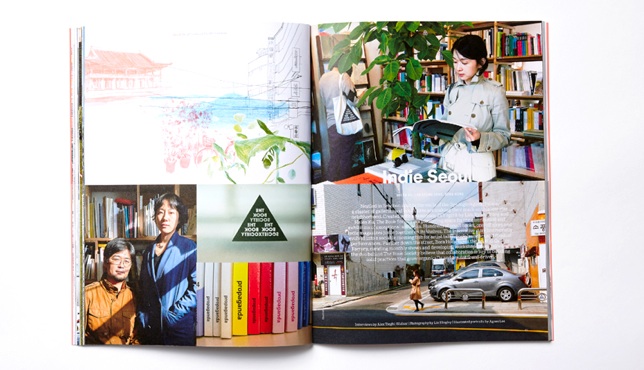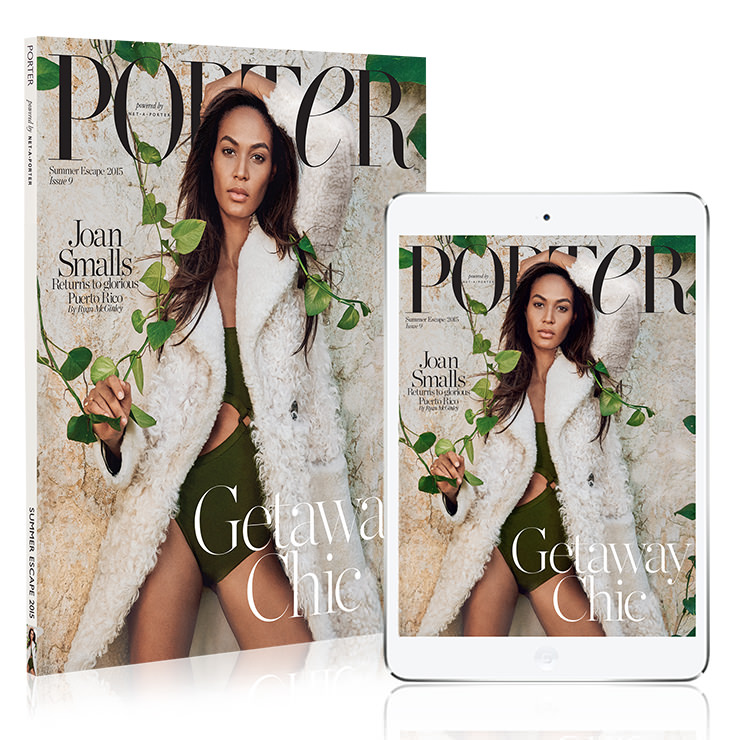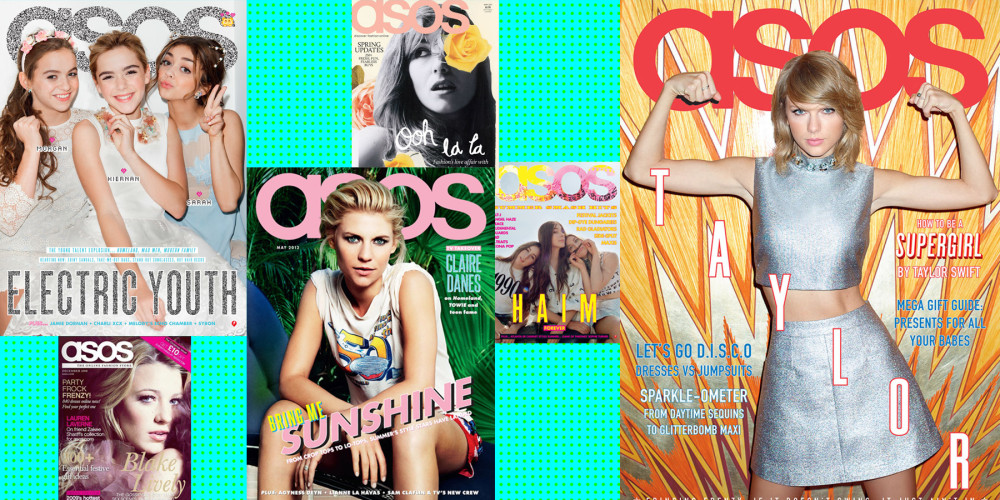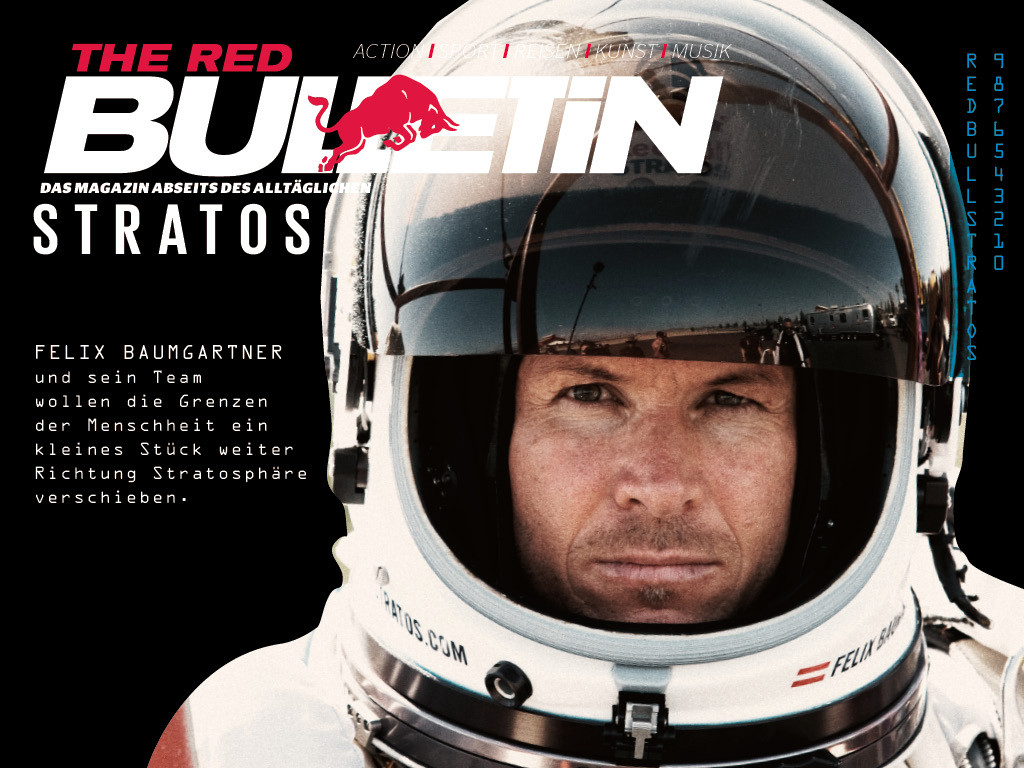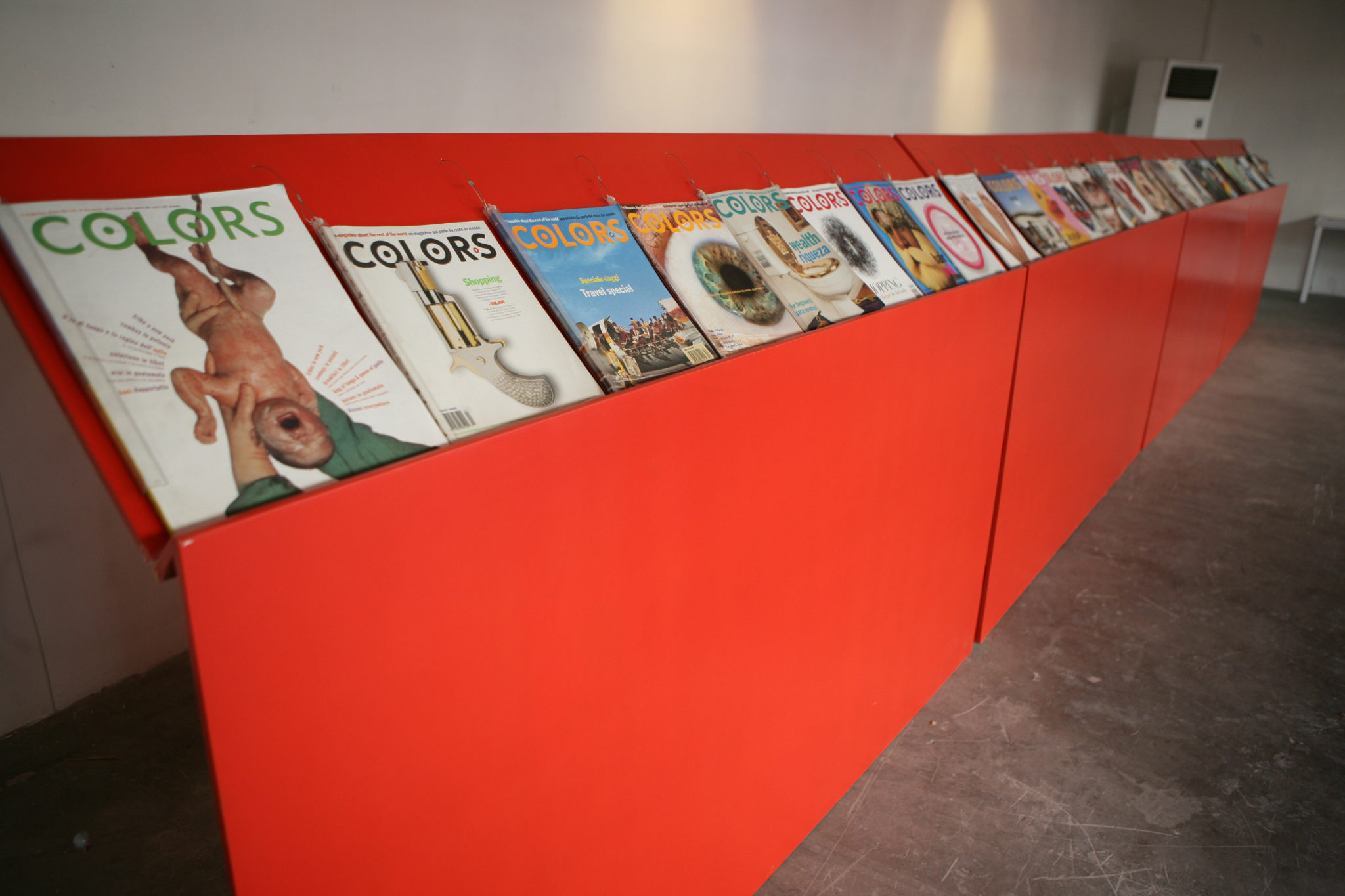Brands
7 Brands With Print Magazines That Are Actually Awesome
If print magazines are dying, brands haven’t gotten the message. Lately, they seem to be popping up faster than startups pitching themselves as “the Uber of _____.”
So are brands just stuck in 1997? Some questionable fashion choices might make you think so, but it’s more likely that brands have come to a smart conclusion: In a saturated digital media world, high-quality print magazines are a great way to stand out from the crowd.
This trend isn’t isolated to any one industry. As you’ll see from our list below, everyone from big-name startups to iconic fashion brands to global airlines are launching ambitious print magazines. Let’s take a look at the seven best.
1. Rhapsody (United)
Launched in late 2013, Rhapsody is a luxury lifestyle and culture magazine that’s a far cry from your average inflight offering. Printed exclusively for first-class travelers, Rhapsody has interviewed some of the biggest and important celebrities around, from Robert De Niro to Adam Levine to Bill and Melinda Gates.
As we detailed in a profile earlier this year, it also doubles as a literary magazine of sorts, having featured the works of renowned contemporary authors Karen Russell, Nicholas Kristof, and Anthony Doerr.
Overall, Rhapsody is an excellent example of a brand using its budget to go big with its content. Its first-class customers get an exclusive treat, while it can also sell ads with the promise of a guaranteed and high-end audience.
It almost makes those first-class ticket prices worth it. Almost.
2. Pineapple (Airbnb)
At 128 ad-free pages, Airbnb’s new print magazine, Pineapple, is a thick, glossy magazine seemingly pulled straight from the golden age of magazines. A “crossroad of travel and anthropology; a document of community, belonging and shared space,” according to the mag’s website, Pineapple is meant to build a community under the Airbnb banner, creating strong brand associations between the startup and great adventures.
The magazine’s initial run of 18,000 copies was distributed to hosts in Airbnb’s network as a kind of coffee table centerpiece, a tangible piece of travel-oriented storytelling that makes staying at an Airbnb a bit more of a branded experience than simply using the app to crash at someone’s house.
So far, only one issue of the quarterly has been released, with Seoul, London, and San Francisco being the first three cities to get the Pineapple treatment. The ambitious, sensitive storytelling in the first issue was impressive—and certainly makes staying at Airbnb a bit more of a premium experience than it was before.
3. The Furrow (John Deere)
Want proof that the idea of brand publishing isn’t anything new? John Deere’s venerable brand magazine, The Furrow, has been covering the farming industry for 120 years.
As you can imagine, the magazine has changed form more than once throughout that long run. What started out as a blatant advertorial then shifted to something resembling the Farmer’s Almanac; today, it focuses mostly on stories of individual farmers.
With a global audience of around 2 million, The Furrow is still almost exclusively run as a print magazine for its loyal readers.
“I’ve never worked for a brand magazine like this that people loved so much,” said publications manager David Jones in an interview with The Content Strategist. “Telling stories that folks enjoy reading—and that they can use in their own operations—has been the recipe since the beginning.”
4. Porter (Net-a-Porter)
When fashion retailer Net-a-Porter dropped the first edition of its print magazine Porter early last year, we said, “It might just be the most impressive and ambitious brand publication ever.” That wasn’t hyperbole: The magazine is sold in over 30,000 retail stores; features over 300 pages of fashion content; and has scored cover stars like Gisele Bündchen, Christy Turlington, Karlie Kloss, Joan Smalls, Lady Gaga, and Cate Blanchett.
Porter is meant to support the e-commerce titan’s digital efforts, which have always been presented in a shoppable digital magazine format. Natalie Massanet, Net-a-Porter’s founder, made clear the high expectations the company has for Porter in a talk before the publication’s launch: “We’re building a physical temple to our brand—like Apple did with stores.”
Tess Macleod-Smith, VP of publishing and media at Net-a-Porter, said in an email interview with our editor-in-chief, Joe Lazauskas, that “85 percent of our top customers were inspired to shop after reading an issue of Porter, and those who become subscribers increased their spend by more than 125 percent and their frequency on the site by more than 25 percent.” In other words, it looks like Porter is reaching Massanet’s lofty expectations.
5. Asos (ASOS)
Of course, Porter isn’t the only fashion retailer charting the print magazine waters. ASOS, a U.K.-based clothes and beauty retailer aimed at young women, launched its publication way back in 2007, and by all measures has thrived since.
Like Net-a-Porter, ASOS is built largely on an e-commerce model, so its print magazine is meant primarily for branding purposes and to drive loyal readers to the site. With a print audience of 486,000, and an additional online audience of 120,000, Asos dominates the young-adult fashion market when it comes to brand magazines.
Add the fact that it’s scored huge names like Taylor Swift and Blake Lively for its covers, and ASOS has built itself a legitimate challenger to the Glamours and Teen Vogues of the world.
6. The Red Bulletin (Red Bull)
Red Bull has long been the standard bearer for brand publishing, so it makes sense that its print magazine kicks ass. Featuring nuanced looks at many of the extreme sports and hobbies Red Bull is now synonymous with, The Red Bulletin had been around since 2005 but was only launched in America in 2011. With a circulation of over 2 million, The Red Bulletin is the most popular brand magazine we’ve come across. (If we’re wrong, definitely let us know: dbaker@contently.com.)
Inside the magazine’s glossy pages is a visual feast—every story comes with a cornucopia of high-quality photography, such as this recent feature piece on Redwood climber Chris Sharma. It also dives into nightlife, music, and pretty much any topic that would be deemed cool by your 19-year-old cousin.
The Red Bulletin has the added benefit of getting exclusive insider access to events such as Felix Baumgartner’s historic stratosphere jump—and the 17 billion other extreme sport and music events Red Bull hosts each year.
7. Colors (Benetton)
The most radical magazine on this list, Colors was launched back in 1991 as a largely independent project by Benetton, the famous Italian fashion brand.
As Cosimo Bizzarri, executive editor of Colors, told us last year, “There is little to no interference by the brand in what we do. Benetton wants to fund a thought-provoking project that happens to be a magazine. Basically, they said, ‘We have this magazine, we want you to make it cool and interesting.'”
This independent approach has paid off. The magazine has gained recognition from advertisers and media-types alike, including respected designer and current SVP of MTV Richard Turley, who named Colors his favorite magazine in an interview with Digiday.
For proof of the magazine’s chutzpa, look no further than its most recent issue. The edition is centered around world of football, presenting “the world’s most popular game as FIFA has never dared show it,” according to its website. Consider also its recent issue about shit, a prison issue where it concluded “in their present form, prisons don’t work,” this 1998 issue featuring an interracial gay couple kissing on the cover, or a collaborative issue with Anti-Slavery International that highlighted slavery’s disturbing persistence.
Most brands would balk at confronting such thorny issues, but Colors’ laudable independence makes for legitimately valuable content that isn’t meant only to please higher-ups.
And in case you’re wondering, yes, Uber—the Uber of Ubers—does have a print magazine: Momentum, a trade magazine for its pseudo-employees, or “drivers,” as the company likes to call them. It’s… not great. Sorry, Uber. You can’t win ’em all.
Get better at your job right now.
Read our monthly newsletter to master content marketing. It’s made for marketers, creators, and everyone in between.
